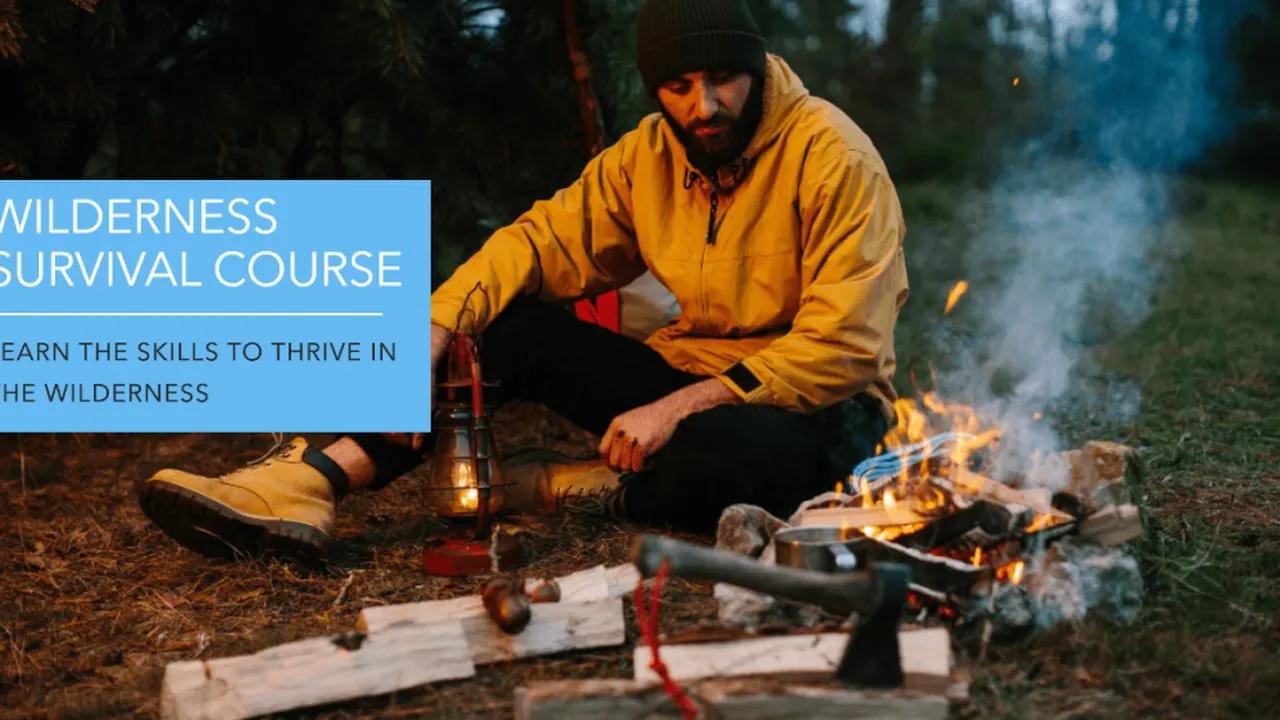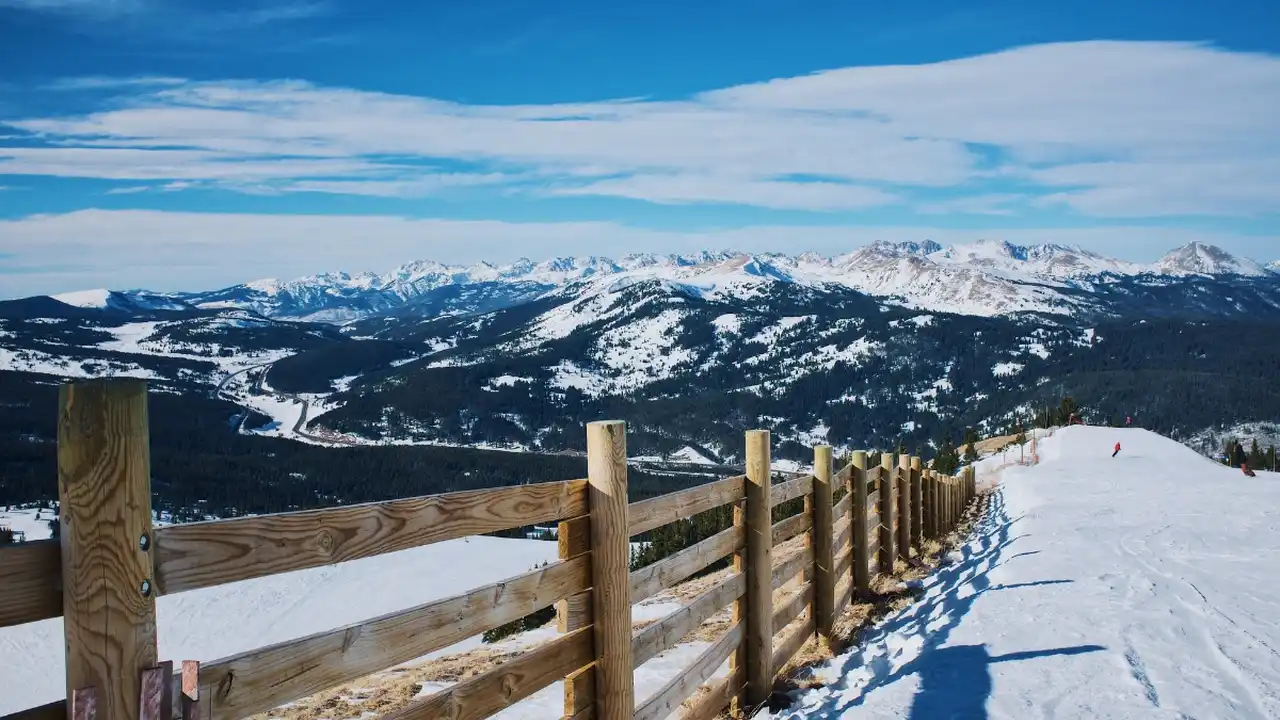Wilderness Survival Skills for Travelers
Prepare for the unexpected with our guide to essential first aid supplies for adventure travel. Learn what to pack, how to use it, and how to handle common injuries on the go. Stay safe and confident on your next adventure, whether you're hiking, climbing, or exploring remote areas.

Navigation Skills: Mastering Orienteering and GPS
Getting lost is no fun, especially when you’re miles from civilization. Knowing how to navigate is absolutely crucial. Forget Google Maps – your phone battery *will* die. Instead, learn the old-school methods and supplement with modern tech.
Orienteering with a Map and Compass
This is a classic for a reason. Learn how to read a topographic map (those squiggly lines mean something!), understand compass bearings, and triangulate your position. Practice in a local park before you hit the wilderness. There are tons of free online resources and YouTube tutorials to get you started. Key things to understand: contour lines, declination, and taking a back azimuth.
Using a GPS Device Effectively
GPS is great, but it's not foolproof. Invest in a reliable handheld GPS unit (Garmin and Suunto are good brands). Learn how to download maps, mark waypoints, and create routes. Always carry extra batteries! Don't rely solely on GPS; use it in conjunction with your map and compass skills. The Garmin eTrex 32x is a solid choice, around $200. It's rugged, has a long battery life, and supports pre-loaded maps. Be sure to download offline maps for the areas you’ll be exploring, as cell service is unlikely.
Fire Starting Techniques: From Flint and Steel to Lighters
Fire is your friend. It provides warmth, cooks food, purifies water (sort of), and offers a huge morale boost. Master multiple fire-starting methods. Don't just rely on a lighter – what if it gets wet?
Using a Lighter and Waterproof Matches
The easiest method, but not the most reliable. Carry a BIC lighter (they're cheap and work well) and waterproof matches in a waterproof container. Practice using them in windy conditions. Remember the fire triangle: fuel, oxygen, and heat. You need all three!
Flint and Steel: The Traditional Method
More challenging, but incredibly satisfying. You'll need a ferrocerium rod (aka \"ferro rod\") and a striker. Scrape the rod with the striker to create sparks, then direct the sparks onto tinder (dry grass, birch bark, cotton balls soaked in petroleum jelly). Practice, practice, practice! The Light My Fire Swedish FireSteel 2.0 is a popular and reliable option, costing around $25.
Making Fire with a Magnifying Glass
On a sunny day, a magnifying glass can focus sunlight onto tinder and create a flame. It takes patience and a good sun angle. This is a great backup method if you lose your other fire-starting tools.
Shelter Building: Creating Protection from the Elements
Shelter protects you from the elements (rain, wind, sun, cold). Knowing how to build a basic shelter can be a lifesaver. Focus on simplicity and efficiency.
Building a Lean-To Shelter
A lean-to is a simple and effective shelter. Find a sturdy branch or log, lean other branches against it at an angle, and then cover the frame with leaves, pine needles, or other insulating materials. Make sure it's angled away from the prevailing wind.
Constructing a Debris Hut
A debris hut is more time-consuming to build, but provides better insulation. Create a frame similar to a lean-to, but then cover it with a thick layer of debris (leaves, pine needles, small branches). The thicker the layer, the warmer the shelter. This is a good option for cold weather survival.
Using a Tarp for Shelter
A lightweight tarp is a versatile shelter option. Practice different tarp configurations (A-frame, lean-to, tent) before your trip. Bring cordage (paracord is ideal) to tie the tarp to trees or other anchor points. The Aqua Quest Defender Tarp is a good choice, offering waterproof protection and multiple tie-out points, priced around $50-$80 depending on size.
Water Purification: Finding and Treating Water Sources
You can survive for weeks without food, but only a few days without water. Finding and purifying water is a top priority. Never drink water from a natural source without treating it first!
Boiling Water: The Simplest Method
Boiling water for at least one minute (three minutes at higher altitudes) kills most harmful bacteria and viruses. Bring water to a rolling boil in a pot or metal container. Let it cool before drinking.
Using a Water Filter or Purifier
Water filters remove sediment and bacteria, while water purifiers kill viruses. Choose a filter or purifier based on the water sources you expect to encounter. The Sawyer Squeeze Water Filter is a popular and lightweight option, filtering up to 1 million gallons of water, costing around $30. For purifying, consider chlorine dioxide tablets like Aquamira Water Treatment, which are effective against viruses but require about 30 minutes to work, priced around $15.
Collecting Rainwater and Dew
Rainwater is relatively clean and can be collected using a tarp or other waterproof surface. Dew can be collected by wiping it off plants with a cloth and then squeezing the cloth into a container. Always purify rainwater and dew before drinking.
Signaling for Help: Attracting Attention in an Emergency
If you're lost or injured, signaling for help is crucial. Learn different signaling techniques and carry the necessary equipment.
Using a Whistle: The Universal Signal
Three blasts on a whistle is the universal signal for distress. Carry a loud whistle and practice using it. The Fox 40 Classic whistle is a widely used and reliable option, producing a high-pitched sound that can be heard over long distances, priced around $10.
Creating a Signal Fire
Build a large fire and add green vegetation to create thick, white smoke. Choose a location that is visible from a distance. Be extremely careful to prevent wildfires.
Using a Signal Mirror
A signal mirror reflects sunlight and can be seen for miles. Aim the reflected light at aircraft or other potential rescuers. Practice using a signal mirror before your trip. The Coghlan's Signal Mirror is a compact and affordable option, typically costing around $5.
Basic First Aid: Treating Common Wilderness Injuries
Knowing basic first aid can make a huge difference in a survival situation. Learn how to treat common injuries like cuts, burns, sprains, and fractures.
Treating Cuts and Wounds
Clean the wound with soap and water (if available). Apply antiseptic ointment and cover with a bandage. Watch for signs of infection (redness, swelling, pus).
Dealing with Burns
Cool the burn with cold water. Apply a sterile bandage. Do not apply butter or other home remedies. Seek medical attention for severe burns.
Stabilizing Sprains and Fractures
Immobilize the injured limb with a splint. Use bandages or tape to secure the splint. Elevate the limb to reduce swelling. Seek medical attention as soon as possible.
Identifying Edible Plants (with Caution!)
This is a tricky one. Misidentifying a plant can be deadly. Only eat plants that you are 100% certain are edible. Start by learning a few common edible plants in your area. A good resource is a field guide specific to your region. Peterson Field Guides are a reliable series. Always follow the \"Universal Edibility Test\" (google it!) before consuming any wild plant.
Remember, wilderness survival is about preparation, knowledge, and common sense. Practice these skills before you need them, and always tell someone where you're going and when you expect to be back. Stay safe out there!
:max_bytes(150000):strip_icc()/277019-baked-pork-chops-with-cream-of-mushroom-soup-DDMFS-beauty-4x3-BG-7505-5762b731cf30447d9cbbbbbf387beafa.jpg)






